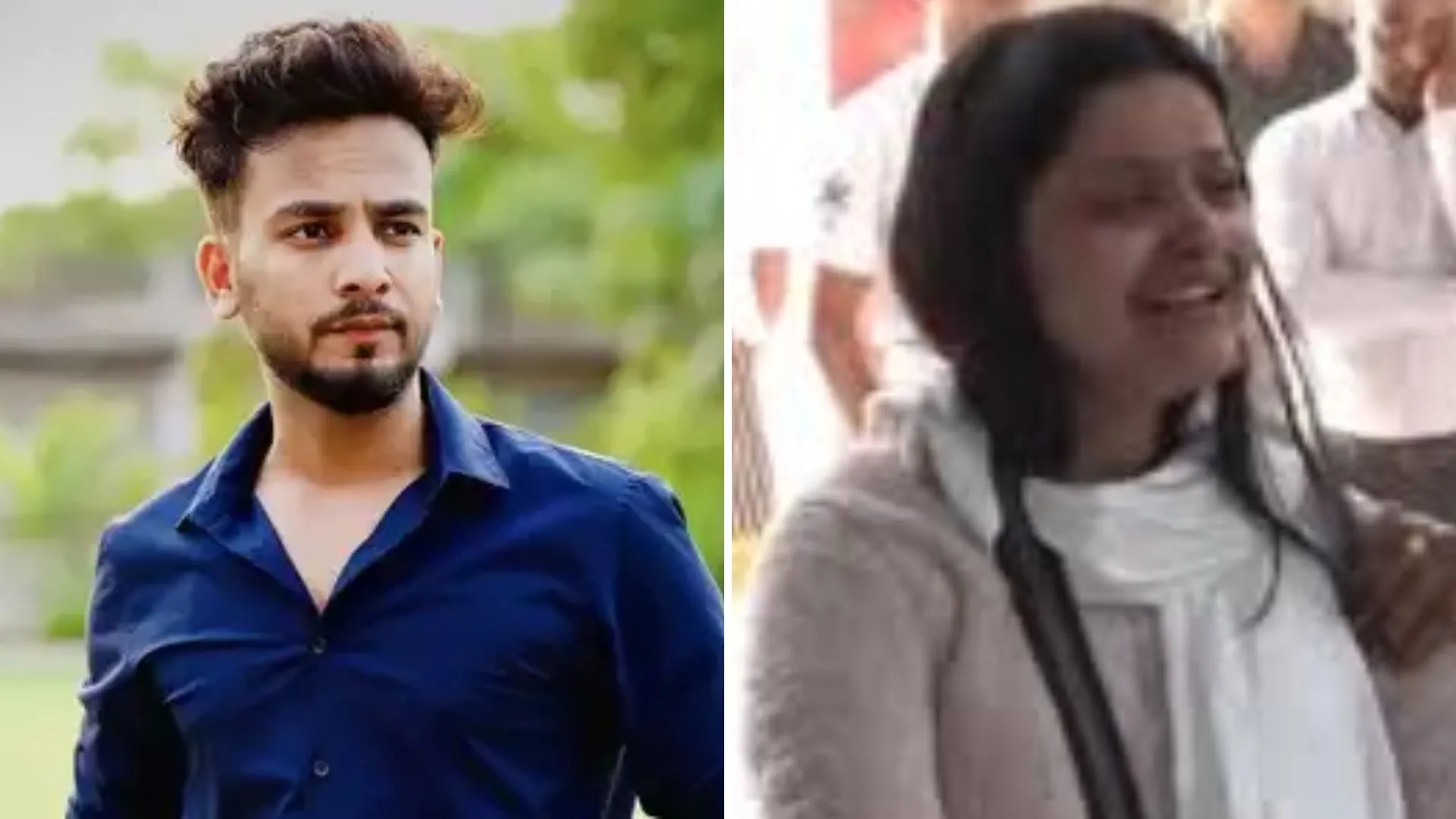As Sri Lanka emerges from a severe financial crisis, newly installed President Dissanayake faces a daunting set of challenges. The nation is grappling with the aftermath of economic turmoil, and his leadership is critical in steering the country toward recovery and growth.
Economy and Growth
The economic landscape of Sri Lanka was devastated by a significant shortfall in foreign exchange reserves in 2022, leading to its worst crisis in decades. Although the economy has shown signs of recovery, much work remains.
Inflation, which peaked at an astonishing 70%, has now moderated to just 0.5%. Following a contraction of 2.3% last year and a staggering 7.3% during the crisis, the economy is anticipated to grow in 2024. President Dissanayake’s primary objective will be to foster sustainable and inclusive growth while reassuring both local and international markets. Attracting investors and lifting a quarter of the 22 million citizens out of poverty will be vital.
READ MORE: Lebanon Health Ministry: Israeli Attacks Kill 50, Injure Over 300
Jobs and Welfare
The new president aims to revitalize state-owned enterprises to enhance profitability, create 20,000 teaching jobs, and increase opportunities in vital sectors such as tourism. He has also promised to expand welfare programs. However, challenges related to public finances, managing loss-making state companies, and limited foreign exchange reserves could hinder the swift implementation of these plans.
IMF Programme and Debt Restructuring
In March 2023, Sri Lanka secured a four-year, $2.9 billion bailout from the IMF, which has been instrumental in boosting foreign reserves, stabilizing the currency, and controlling inflation. This program has also laid the groundwork for crucial debt restructuring discussions.
In June, agreements were reached with China and other creditor nations to restructure approximately $10 billion in bilateral debt. Recently, a draft deal was struck to reorganize $12.5 billion of international bonds. Achieving a primary balance target of 2.3% of GDP by 2025, as outlined by the IMF, is essential. However, President Dissanayake may seek to renegotiate the bondholder agreement and has expressed intentions to adjust taxation goals under the IMF program, though he remains committed to debt repayment.
Taxation Reforms
President Dissanayake has pledged to bring relief to citizens affected by the austerity measures tied to the IMF bailout. However, with only three seats in the 225-member parliament, securing the necessary support for his initiatives could prove challenging. Additionally, passing an interim budget that aligns with IMF stipulations might also be a complex undertaking.
In a move to gain popular support, Dissanayake has vowed to dissolve parliament within 45 days of taking office and call for snap general elections. He plans to negotiate with the IMF to revise their program, reduce taxes, and allocate public revenue for tax relief and investment. His commitment includes eliminating VAT on select health, education, and food items, although these changes could impact the fiscal deficit targets established under the IMF agreement.
Geopolitical Balance
Sri Lanka’s geopolitical positioning requires a careful balance in its relations with neighboring India and China, both of which are significant creditors and investors seeking influence on the island. Japan, India, and China play crucial roles in the ongoing $12.5 billion debt restructuring process. President Dissanayake has expressed his commitment to maintaining strong ties with these nations to foster economic collaboration and spur growth.
As Dissanayake navigates these multifaceted challenges, his ability to implement effective reforms will be pivotal in shaping Sri Lanka’s economic future.
ALSO READ: Kumara Dissanayake Takes Charge As Sri Lanka Faces Financial Crisis























